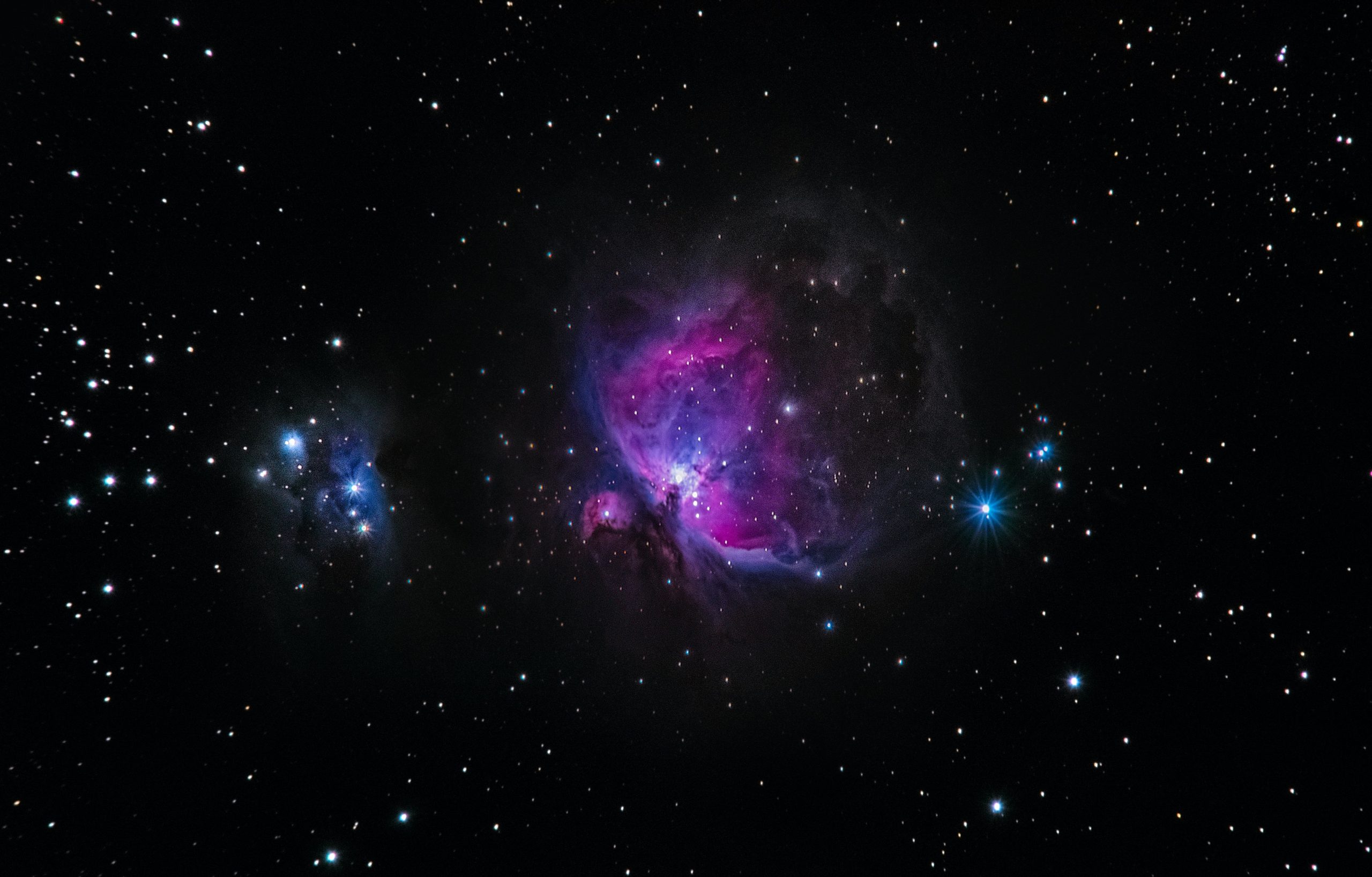Trinidad and Tobago Carnival: Calypso Beats and Caribbean Celebrations

Looking for more amazing products? Check out our online store and explore our collection here! Happy shopping!
Before diving in, please note: This post is for informational purposes only. If you’d like to know more about how we approach topics, feel free to check out our friendly Disclaimer Page.
Hey there, amazing readers! 
We’re committed to delivering quality posts, and your support (even just sticking around despite the ads) means everything to us. So, bear with us, and thanks for helping us keep the good vibes rolling. Now, on to the fun stuff!
TRANSLATE BUTTON AT THE END OF THE ARTICLE
Introduction to Trinidad and Tobago Carnival
Trinidad and Tobago Carnival is a vibrant and exhilarating celebration deeply rooted in the cultural heritage of the Caribbean islands.
This annual event is a colorful extravaganza that showcases the rich diversity, creativity, and spirit of the people of Trinidad and Tobago.
The Carnival season officially begins in January and culminates in two days of festivities before Ash Wednesday.
During this time, the streets of Port of Spain, the capital city, come alive with music, dance, elaborate costumes, and a sense of joyous revelry that is truly infectious.
The Trinidad and Tobago Carnival is not just a party; it is a reflection of the history, traditions, and values of the people of the islands.
From the pulsating rhythms of calypso and soca music to the intricate designs of the traditional masquerade costumes, every aspect of the Carnival has a story to tell.
This annual event is a time for Trinidadians to come together, celebrate their shared heritage, and pay tribute to their ancestors who laid the foundation for this spectacular cultural phenomenon.
History and Origins of the Carnival
The origins of the Trinidad and Tobago Carnival can be traced back to the 18th century when French colonists brought their pre-Lenten celebrations to the island.
Over the years, the Carnival evolved, incorporating elements of African traditions, Spanish influence, and indigenous customs to create a unique and vibrant cultural event.
One of the key features of the Trinidad Carnival is its emphasis on inclusivity and diversity, reflecting the multicultural makeup of the islands.
The modern-day Trinidad and Tobago Carnival is a fusion of African, Indian, European, and Amerindian traditions, making it a truly eclectic and dynamic celebration.
The Carnival has undergone various transformations over the years, but its essence remains the same – a time for people to come together, express themselves, and revel in the spirit of unity and togetherness.
Today, the Trinidad and Tobago Carnival is one of the most famous and anticipated festivals in the Caribbean, attracting visitors from around the world.
Traditional Costumes and Masquerade
One of the most iconic aspects of the Trinidad and Tobago Carnival is the elaborate and colorful costumes worn by participants during the celebrations.
These costumes are a visual feast for the eyes, featuring intricate beadwork, feathers, sequins, and vibrant colors that reflect the spirit of the Carnival.
Each costume tells a story, whether it be a tribute to a historical figure, a representation of a cultural motif, or simply an expression of creativity and artistry.
The masquerade bands play a significant role in the Carnival, with each band showcasing its own unique theme and design.
Participants spend months preparing their costumes, working with designers, seamstresses, and artisans to bring their visions to life.
The process of creating a Carnival costume is a labor of love, requiring meticulous attention to detail and a keen eye for aesthetics.
The end result is a stunning display of craftsmanship and creativity that never fails to impress.
The Role of Calypso Music in Carnival
Calypso music is the heart and soul of the Trinidad and Tobago Carnival, providing the soundtrack for the festivities and setting the mood for revelry and celebration.
Calypso is a genre of music that originated in Trinidad and Tobago and has its roots in West African traditions.
It is characterized by its witty and often satirical lyrics, upbeat tempo, and infectious rhythms that are impossible to resist.
During the Carnival season, calypso music can be heard everywhere, from the streets to the parties to the competitions.
Calypsonians, the singers and composers of calypso music, use their songs to comment on social issues, political events, and everyday life in Trinidad and Tobago.
The music is a form of storytelling, passing down traditions, sharing stories, and bringing people together in a spirit of camaraderie and joy.
Soca Music: The Sound of Trinidad Carnival
Soca music is another staple of the Trinidad and Tobago Carnival, known for its high-energy beats, catchy melodies, and infectious dance rhythms.
Soca is a fusion of calypso, soul, funk, and Indian rhythms, creating a sound that is uniquely Caribbean and undeniably uplifting.
Soca music is all about having a good time, letting loose, and feeling the music in your soul.
Discover "The Traveler’s Guide: Your Ultimate Companion for Every Adventure
"
Soca artists, known as soca monarchs, play a crucial role in the Carnival, with their songs becoming anthems that define the spirit of the festivities.
Soca music is all about celebrating life, spreading positivity, and creating a sense of unity and togetherness among the people of Trinidad and Tobago.
Whether you’re dancing in the streets, partying at a fete, or jumping up in a carnival band, soca music is the driving force behind the energy and excitement of the celebrations.
Steelpan Bands and Panorama Competition
The steelpan, also known as the steel drum, is a musical instrument that was invented in Trinidad and Tobago and is an integral part of the Carnival celebrations.
Steelpan bands, comprised of musicians playing different types of steel drums, provide the lively and melodic sounds that accompany the festivities.
These bands can be found throughout the streets of Port of Spain, entertaining crowds and keeping the party atmosphere alive.
One of the highlights of the Trinidad and Tobago Carnival is the Panorama competition, where steelpan bands compete to be crowned the best in the country.
The competition is fierce, with bands practicing tirelessly to perfect their performances and showcase their musical talents.
The Panorama competition is a must-see event during the Carnival season, drawing huge crowds and creating an electrifying atmosphere that is second to none.
Street Parades and Jouvert Morning
The street parades are one of the most exciting and vibrant aspects of the Trinidad and Tobago Carnival, with thousands of revelers taking to the streets to dance, sing, and celebrate.
The parades are a kaleidoscope of colors, with masqueraders wearing their elaborate costumes and bands playing infectious soca and calypso music.
The energy is palpable, the atmosphere electric, and the sense of joy and camaraderie is truly infectious.
Jouvert Morning, which takes place in the early hours before dawn on Carnival Monday, is a raucous and spirited celebration that kicks off the official start of the Carnival festivities.
Participants cover themselves in paint, mud, or oil as a symbol of cleansing and renewal, dancing through the streets to the beat of steelpan drums and soca music.
Jouvert Morning is a time for letting loose, embracing your wild side, and reveling in the freedom and spontaneity of the Carnival spirit.
Dimanche Gras: Grand Finale of Carnival
Dimanche Gras, which translates to "Fat Sunday," is the grand finale of the Trinidad and Tobago Carnival, a spectacular showcase of talent, beauty, and creativity.
This event takes place on the Sunday night before Carnival Tuesday and features a series of competitions, including the King and Queen of Carnival, the Calypso Monarch, and the Soca Monarch.
Dimanche Gras is a glamorous affair, with participants dressed in their most elaborate costumes and performers giving it their all on stage.
The King and Queen of Carnival competition is a highlight of Dimanche Gras, with contestants vying for the title by showcasing their elaborate and extravagant costumes.
These costumes are often massive in size, covered in feathers, beads, and jewels, and are a testament to the skill and artistry of the designers and participants.
The Calypso Monarch and Soca Monarch competitions are also fiercely contested, with the winners earning the respect and admiration of their peers and fans.
Cultural Significance of Carnival Celebrations
The Trinidad and Tobago Carnival is more than just a party; it is a cultural institution that plays a vital role in preserving and promoting the unique heritage of the islands.
The Carnival celebrations are a time for Trinidadians to come together, celebrate their shared identity, and pay homage to the diverse traditions that make up their cultural tapestry.
The Carnival is a reflection of the history, values, and spirit of the people of Trinidad and Tobago, showcasing their resilience, creativity, and sense of community.
The Carnival traditions, from the music to the costumes to the rituals, are deeply rooted in the history of the islands and serve as a reminder of the struggles and triumphs of the past.
The Carnival is a time for Trinidadians to express themselves, share their stories, and celebrate their cultural heritage with pride and joy.
The Carnival is a celebration of life, a testament to the resilience and vitality of the people of Trinidad and Tobago, and a symbol of the enduring spirit of the Caribbean.
Notable Events and Competitions during Carnival
The Trinidad and Tobago Carnival is filled with a multitude of events and competitions that showcase the talent, creativity, and diversity of the people of the islands.
Some of the notable events during the Carnival season include:
Calypso Monarch Competition: This competition sees calypsonians from across Trinidad and Tobago competing to be crowned the Calypso Monarch, with their songs addressing social issues, political events, and everyday life.
Soca Monarch Competition: Soca artists battle it out to be named the Soca Monarch, with their high-energy performances and infectious tunes captivating audiences and judges alike.
King and Queen of Carnival Competition: Participants in this competition showcase their elaborate and intricate costumes, vying for the title of King and Queen of Carnival with their stunning and creative designs.
Junior Parade of the Bands: A colorful and lively parade featuring children in elaborate costumes, showcasing the next generation of masqueraders and performers.
Dimanche Gras: The grand finale of the Trinidad and Tobago Carnival, featuring a series of competitions and performances that culminate in a spectacular showcase of talent and creativity.
These events and competitions are a testament to the diversity, creativity, and talent of the people of Trinidad and Tobago, showcasing the best of the islands’ cultural heritage and traditions.
Carnival Dates and Schedule in Trinidad and Tobago
The Trinidad and Tobago Carnival is a multi-day celebration that takes place in the weeks leading up to Ash Wednesday.
The official Carnival season kicks off in January with various pre-Carnival events and fetes, building up to the main festivities in February.
The key dates and schedule for the Trinidad and Tobago Carnival are as follows:
Dimanche Gras: The grand finale of the Carnival takes place on the Sunday night before Carnival Tuesday, featuring competitions and performances by calypsonians, soca artists, and masqueraders.
Carnival Monday: The official start of the Carnival festivities, with street parades, Jouvert Morning celebrations, and parties throughout the day and night.
Carnival Tuesday: The main day of the Carnival, with street parades, masquerade bands, and revelers taking to the streets to celebrate in style.
Ash Wednesday: The official end of the Carnival season, with many Trinidadians attending church services and reflecting on the festivities of the past few days.
The Trinidad and Tobago Carnival is a dynamic and exciting celebration that attracts visitors from around the world, eager to experience the sights, sounds, and spirit of this iconic cultural event.
Impact of Trinidad Carnival on Caribbean Culture
The Trinidad and Tobago Carnival has had a profound impact on Caribbean culture, influencing music, dance, fashion, and art throughout the region.
The Carnival has become a symbol of Caribbean identity and pride, showcasing the creativity, vibrancy, and diversity of the people of the islands.
The music of the Trinidad Carnival, from calypso to soca, has become synonymous with Caribbean culture, influencing artists and musicians around the world.
The Trinidad Carnival has also helped to boost tourism in the region, attracting visitors from far and wide who come to experience the festivities firsthand.
The Carnival is a major economic driver for Trinidad and Tobago, generating revenue for the local economy and providing opportunities for artists, designers, musicians, and performers to showcase their talents on a global stage.
The Carnival has become a cultural export, with celebrations inspired by the Trinidad Carnival taking place in cities and countries around the world.
In conclusion, the Trinidad and Tobago Carnival is a celebration of life, culture, and community that brings people together in a spirit of joy and togetherness.
The Carnival is a reflection of the history, traditions, and values of the islands, showcasing the resilience, creativity, and vitality of the people of Trinidad and Tobago.
From the vibrant costumes to the pulsating rhythms of calypso and soca music, the Trinidad Carnival is a feast for the senses and a testament to the enduring spirit of the Caribbean.
It is a celebration of life, a testament to the resilience and vitality of the people of Trinidad and Tobago, and a symbol of the enduring spirit of the Caribbean.
So, if you ever have the chance to experience the Trinidad and Tobago Carnival, don’t miss out on the opportunity to immerse yourself in the sights, sounds, and spirit of this iconic cultural event.

The Enlightenment Journey is a remarkable collection of writings authored by a distinguished group of experts in the fields of spirituality, new age, and esoteric knowledge.
This anthology features a diverse assembly of well-experienced authors who bring their profound insights and credible perspectives to the forefront.
Each contributor possesses a wealth of knowledge and wisdom, making them authorities in their respective domains.
Together, they offer readers a transformative journey into the realms of spiritual growth, self-discovery, and esoteric enlightenment.
The Enlightenment Journey is a testament to the collective expertise of these luminaries, providing readers with a rich tapestry of ideas and information to illuminate their spiritual path.
Our Diverse Expertise
While our primary focus is on spirituality and esotericism, we are equally passionate about exploring a wide range of other topics and niches 

To ensure we provide the most accurate and valuable insights, we collaborate with trusted experts in their respective domains 
Our blog originally focused on spirituality and metaphysics, but we’ve since expanded to cover a wide range of niches. Don’t worry—we continue to publish a lot of articles on spirituality! Frequently visit our blog to explore our diverse content and stay tuned for more insightful reads.
Hey there, amazing reader! 
Check out our store here and take a peek at some of our featured products below! Thanks for being awesome!












